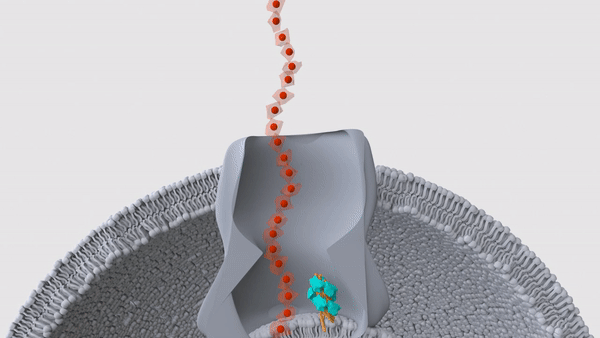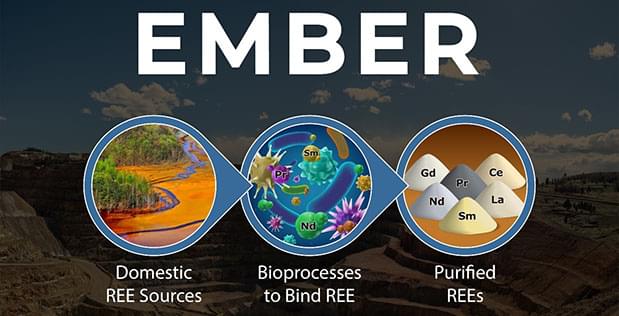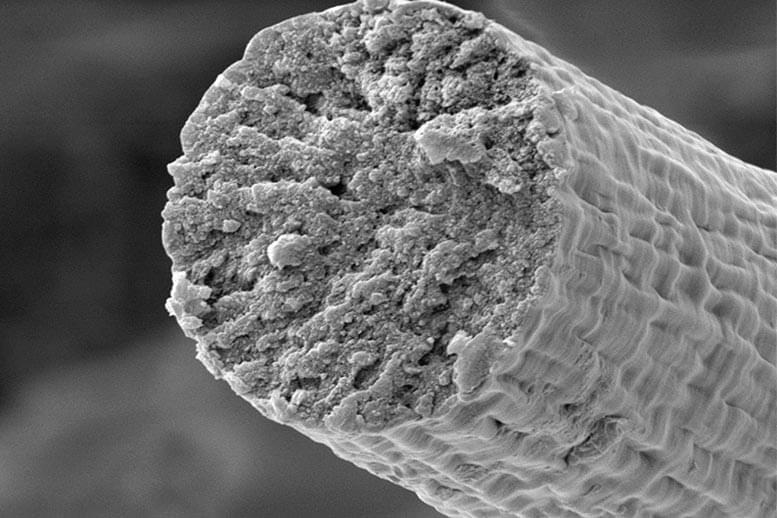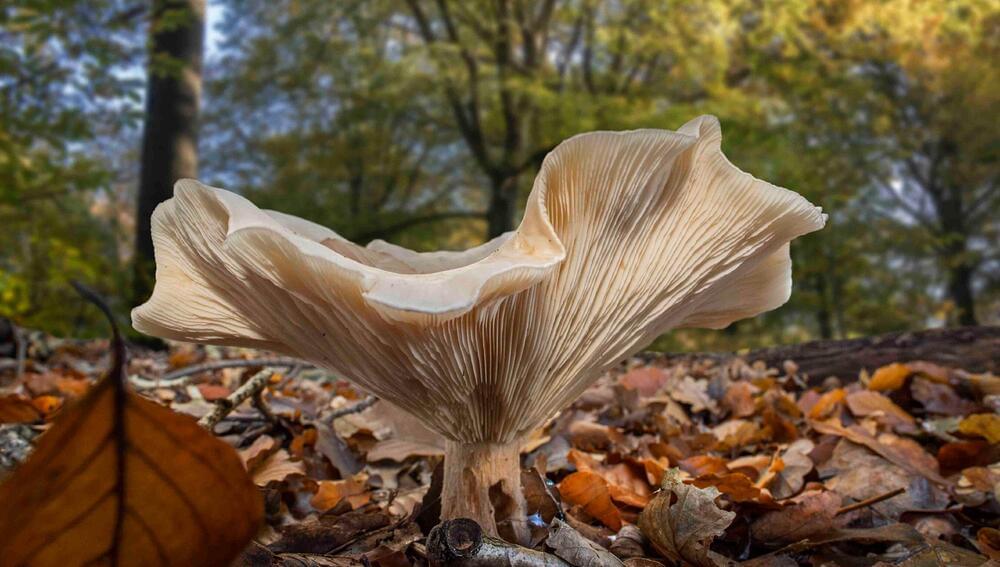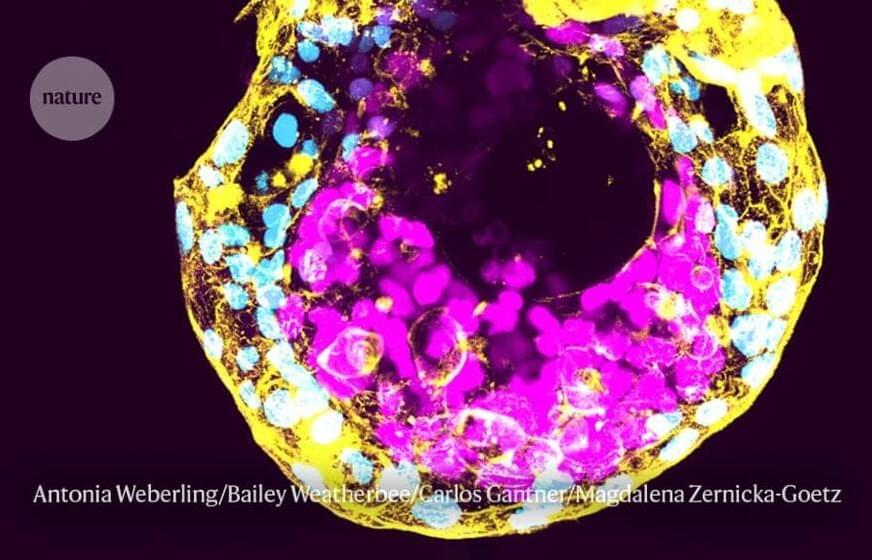Sep 3, 2021
Researchers use gold film to enhance quantum sensing with qubits in a 2D material
Posted by Saúl Morales Rodriguéz in categories: biological, engineering, quantum physics
Quantum sensing is being used to outpace modern sensing processes by applying quantum mechanics to design and engineering. These optimized processes will help beat the current limits in processes like studying magnetic materials or studying biological samples. In short, quantum is the next frontier in sensing technology.
As recently as 2,019 spin defects known as qubits were discovered in 2D materials (hexagonal boron nitride) which could amplify the field of ultrathin quantum sensing. These scientists hit a snag in their discovery which has unleashed a scientific race to resolve the issues. Their sensitivity was limited by their low brightness and the low contrast of their magnetic resonance signal. As recently as two weeks ago on August 9 2021, Nature Physics published an article titled “quantum sensors go flat,” where they highlighted the benefits and also outlined current shortfalls of this new and exciting means of sensing via qubits in 2D materials.
A team of researchers at Purdue took on this challenge of overcoming qubit signal shortcomings in their work to develop ultrathin quantum sensors with 2D materials. Their publication in Nano Letters was published today, September 2 2021, and they have solved some of the critical issues and yielded much better results through experimentation.


